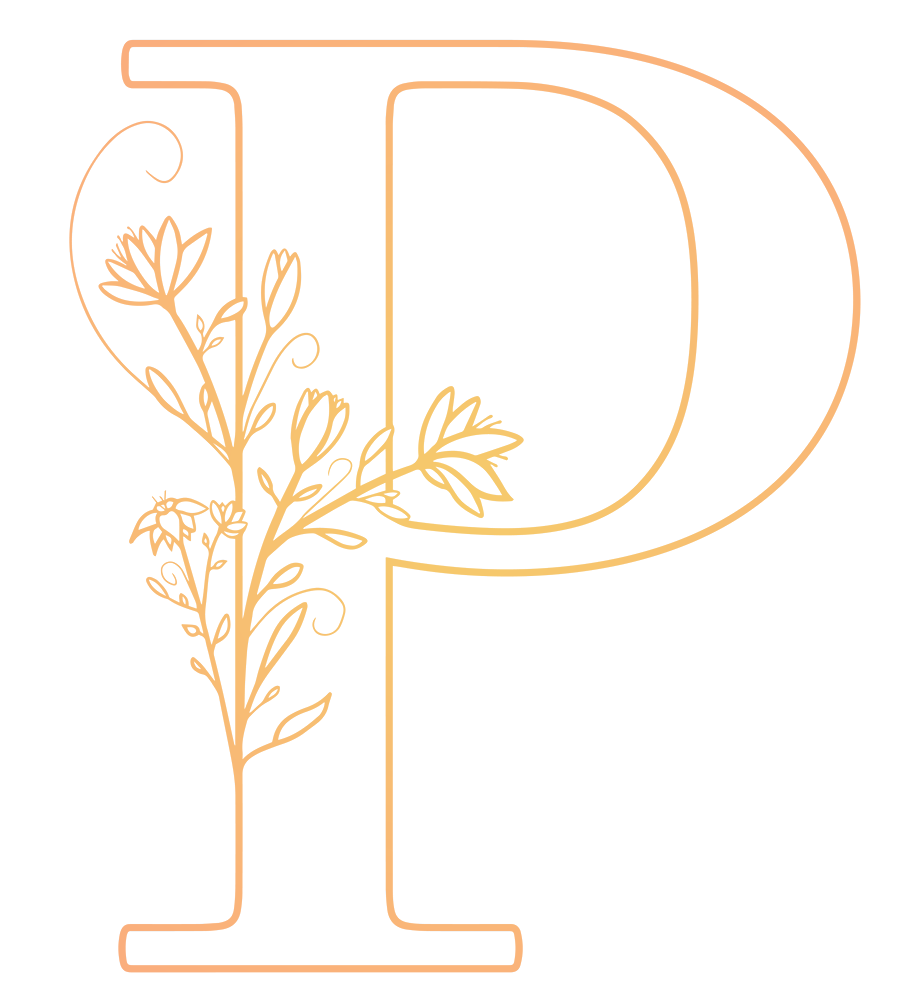https://www.columbiamissourian.com/news/k12_education/columbia-public-schools-relies-on-a-strong-foundation/article_52b4d246-1dc2-11ea-9272-cf26c69d4609.html
Battle High School sophomores hammer in two-by-fours to the walls of the house they’re constructing in their geometry and construction class Nov. 28, 2018, at Battle High School. The tiny house, which went up for sale this week, was created with the help of a grant from the Columbia Public Schools Foundation. Photo by Derek Rieke.
In its mission to put students first, Columbia Public Schools Foundation has made a difference by bringing opportunities to students, represented by its 2018 tiny house project.
Since its founding in 1996, Columbia Public Schools Foundation has awarded more than $1.2 million in grants to support students, teachers and unique clubs within the district, according to its website. They are an independent, not-for-profit organization run by volunteers and a board of directors.
“The foundation was set up by a group of local citizens who strongly believe in public education,” said Cindy Mustard, the organization’s president. “They wanted to come together and be able to enhance education opportunities for all students in Columbia Public Schools.”
This year, the foundation awarded grants for three projects. One grant was for juniors at Battle and Rock Bridge high schools to travel to Washington, D.C., over their spring break to learn about civic engagement and use the nation’s capital as a real-world classroom, according to the foundation’s website.
The second grant was for Authors in School. On April 19, middle school students from the district went to the Missouri Theatre to hear Jacqueline Woodson speak as a part of the Unbound Book Festival. The grant funded Woodson’s books to go to all the middle schools and transportation for the students to the theater.
The latest grant awarded was an $8,500 grant for Hickman High School’s E-Gaming Club. This grant provided the needed computer equipment to establish the club.
One of Mustard’s favorite projects has been the tiny house, or Making Algebra & Geometry Real, project at Battle High School. The project funds were requested in 2018 and completed this past year, according to the foundation’s website. The total cost was $52,384, which is the foundation’s third-highest grant request.
“This project took students who were studying algebra and geometry and learning the concepts of those two math subjects and how they can make that work in real-time,” Mustard said. “What they did was they would learn geometry and how to build a house — how to map the area out and how to put the installation in. All those types of things that went into using the skills they’d learn from geometry and algebra and they built the house.”
District spokesperson Michelle Baumstark said the tiny house is finished and went up for sale this week through a bidding process. People who register to do so can inspect the 20-by-16-foot house between 10 a.m. and noon Friday at Battle High School.
Proceeds from the sale will go toward the next tiny house, which is in the beginning stages, Baumstark said.
The foundation opens up its funds to schools by academic department; that way, the money reaches more students. Mustard said the foundation doesn’t have an agenda for how the funds should be spent but looks at how they can do the most good.
“We look at what the impact is going to be,” Mustard said. “How many students is it going to have an impact on? What is going to be the outcome of it? As needs come, we discuss how can we make it work.”
On its website, the foundation shows who it has provided the grants to, dating back to 1998. It also has a page that shows its sponsors and receive most of its money through donations, Mustard said. According to its 990 forms from 2014 to 2017, the foundation averages about $115,393 in total revenue.
The foundation also works with Knorr Marketing Communications. From it, the foundation gets help with getting information out to the public, helping with research, writing press releases and supporting the foundation.
Members of the foundation hope that they can make school projects and clubs sustainable, Mustard said. They get an idea and show how to make it work by taking the time to slowly go through the process of a project, so the school can then pick it up to have for future years.
“I’m just so proud of what we can do and the difference it’s making for the students in Columbia Public Schools,” Mustard said. “This is what education is really about. We’re reaching a whole other audience of students that we haven’t reached before.”
